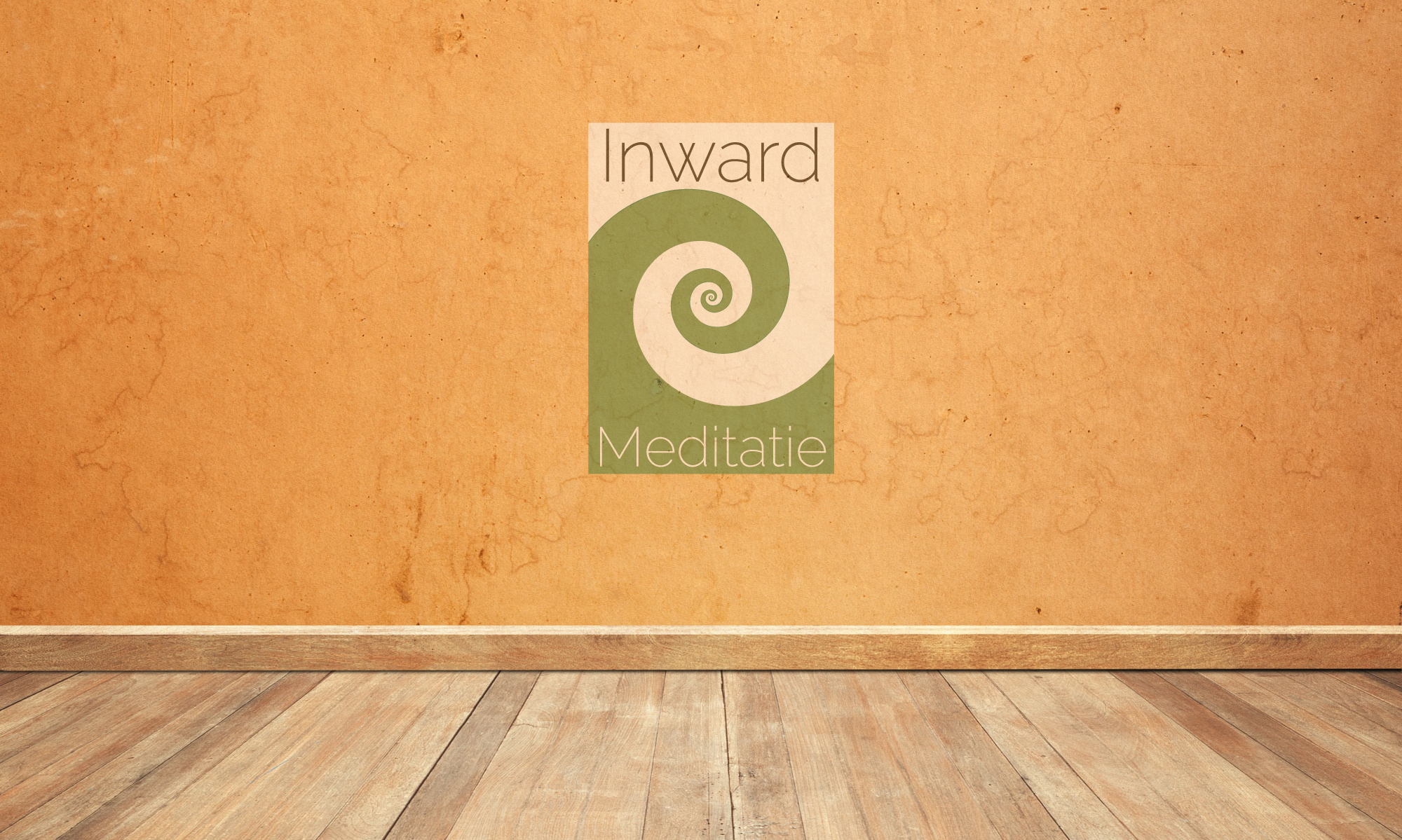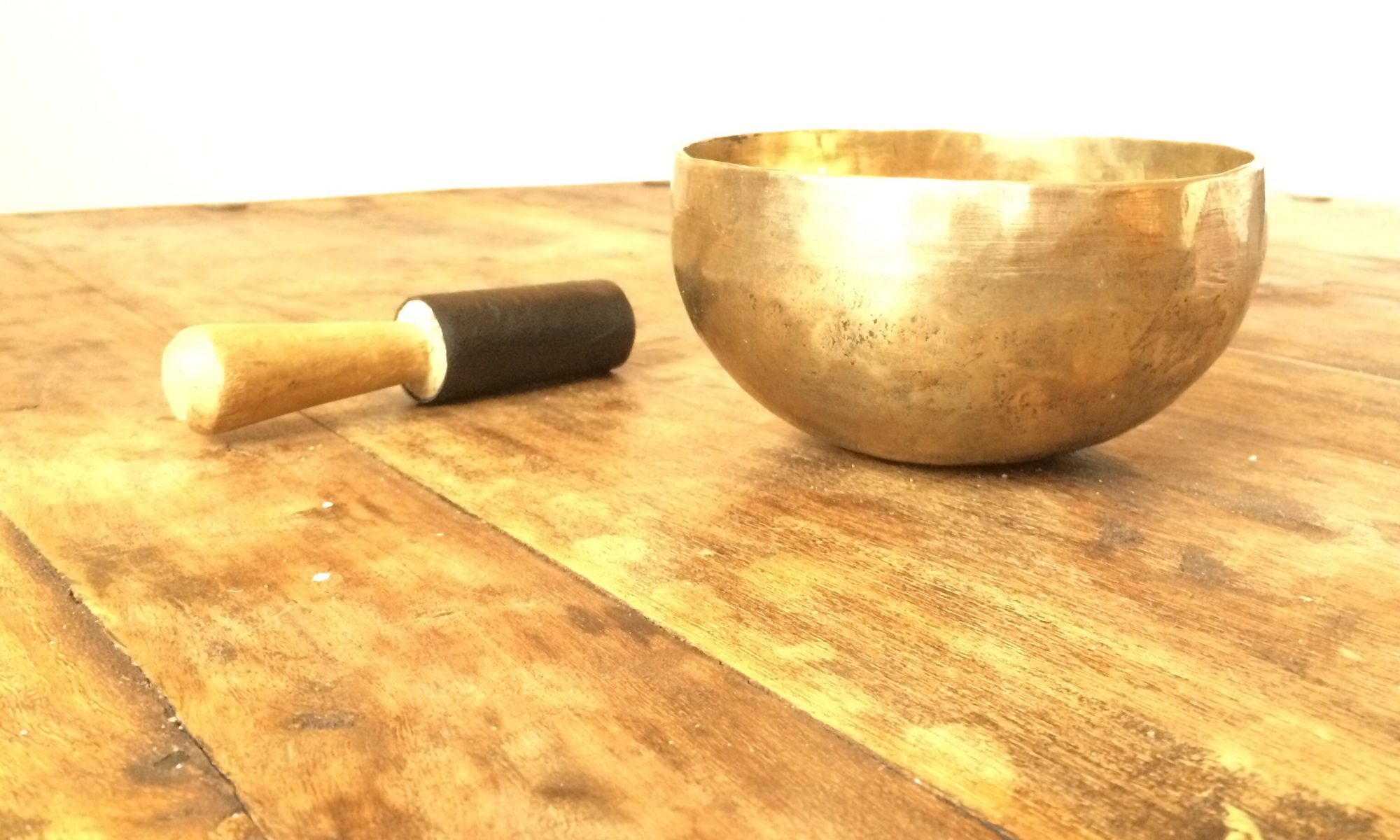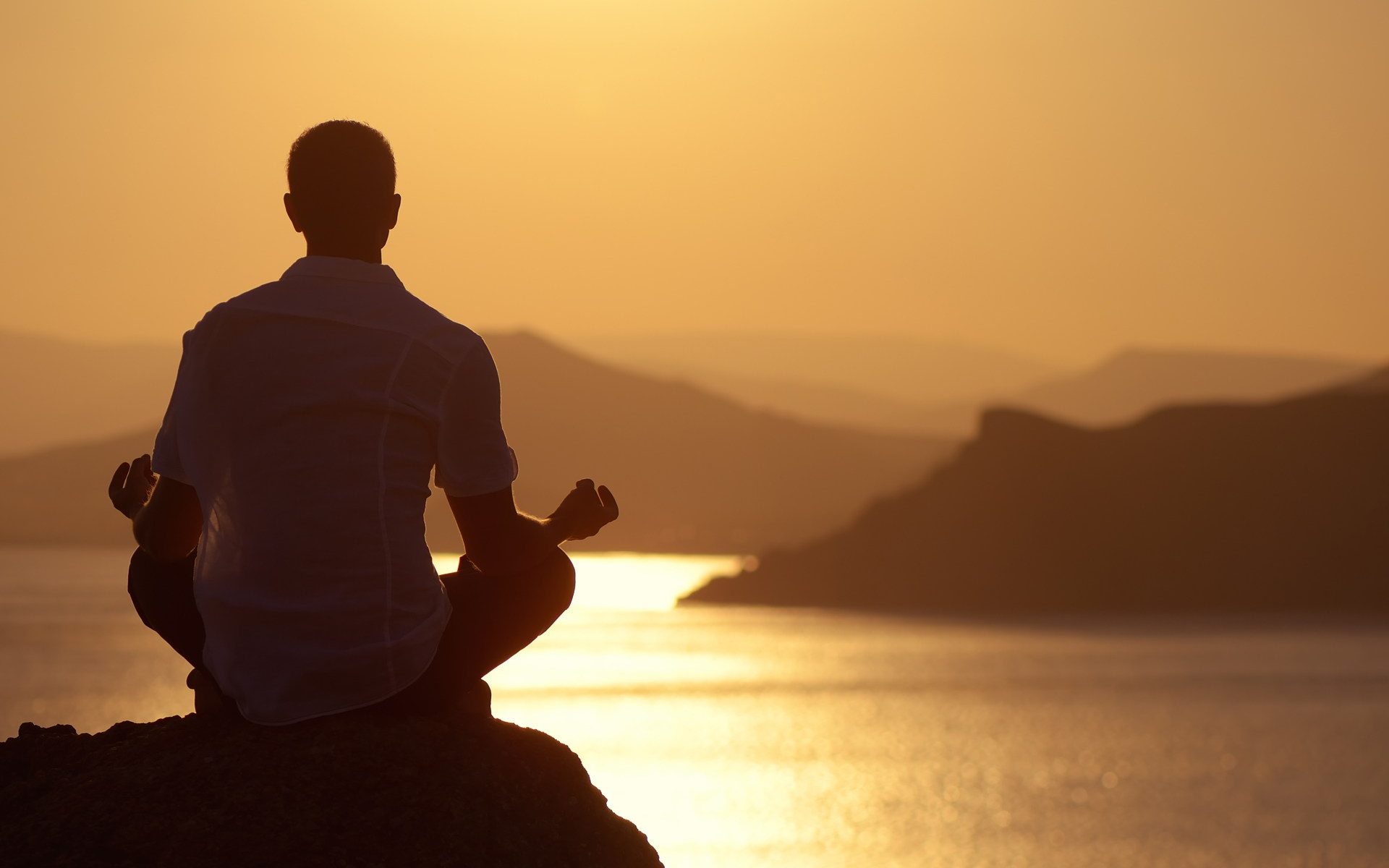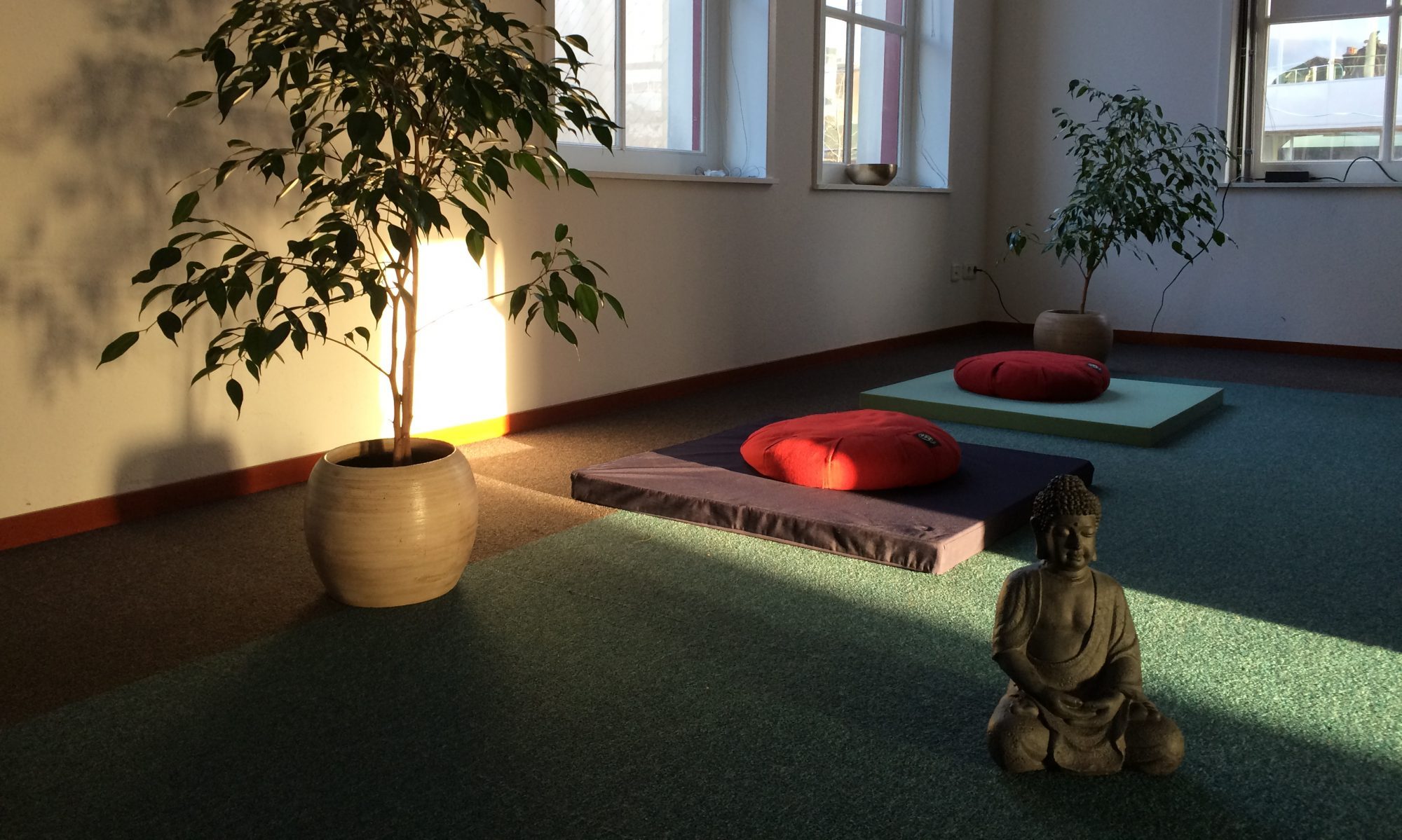Assuming the historical person existed[1], he taught a LOT of things[2], so the title to this article may be somewhat misleading. As I needed to get your eyeballs into the first paragraph here, I’ll specify what exactly I intend to tell you about. I would like to limit the scope of this article to a brief outline of his prescription on how to attain the end of suffering. Many Western practitioners of buddhist meditation would agree that these teachings form the core of his message. They are considered to be quite revolutionary, not just in its proper historical perspective, but even when judged over the known history of the human race.
In a way, his teachings can be understood to be a civilizing message to the people of Northern India in the fifth Century BC. But with a twist. In our general Western understanding, civilization is a cooperative effort, undertaken by larger groups of people. The inner lives of the individuals themselves, meanwhile, enjoy a sense of autonomy from social strictures, as evidenced in the saying “Die Gedanken sind Frei.” You cannot be held liable for thoughts you’re having, and nor can you, save for a few outlying categories of speech, be prosecuted for exercising your right to expression. The individual’s duties end where the inner life starts, and that way of thinking has given rise to the world we see around us today.
Starting not from the question “how can we do things better collectively” but from the question “why is there suffering”, The Buddha takes the inverse approach, saying next to nothing about how to run a civilisation, or how to relate to the cosmology that may or may not surround a person. He focuses with laser-like precision on what happens inside the individual. What processes make up the mind of a person, or to use a contemporary analogy, their operating systems. From truly understanding these processes and how they work together, the Buddha says, a person’s immediate surroundings would change, leading naturally to a wiser, more compassionate, less aggressive way of relating to oneself, to eachother, and to the world around the society of “Noble Ones.”
Fletchers bend arrows,
Carpenters bend wood,
The wise fashion themselves
This excerpt from the Dhammapada, an early[3] buddhist collection of pithy sayings, neatly sums up what the Buddha regards as the most important work for a wise person to perform: to fashion themselves. Themselves is occasionally rendered as “their minds”, making the distinction clearer still. So, how does one go about fashioning themselves?
To learn about the mind, sit down and observe it. As a good scientist, you take care to control the environment, finding a place where you will not be disturbed for a preset length of time, and then focusing your mind on a single object. Whatever that object happens to be is not all that important, although traditionally the breath has received a lot of attention. If the mind wanders off the breath, bring it back, over and over again, until you get so absorbed in it that you fuse with the breath. This is called mindfulness [of breathing]. Drop the meditation object, and you’re left with mindfulness [of whatever you experience in this moment]. It is an open, clear, receptive and equanimous presence that helps you to quickly determine what is going on in your mind at any particular moment. From that determination, choice arises – accompanied by the first glimmers of freedom.
What the Buddha really taught, then, is a method for emancipating yourself from the ingrown habits of your mind, chiefly among them the habit to become identified with some category of being[4]: gender, age, race, culture, religion, sexual orientation, or whatever. It is a way to make your mind more wieldy and more malleable, and eventually to direct it toward tasks that your strategic self deems important, rather than being hampered by unidentified, usually fear-based, presumptions of limitation. The goal is to take the mental faculties that we develop in meditation into our daily lives with us, so that our lives as we live them day to day become vehicles for developing an ever-greater depth of wisdom.
So what about Nirvana? (Or Nibbana, in the language of the early buddhist texts.) In my opinion, Nibbana has been over-conceptualized into a “state” that can be reached through practice. It both is, and it isn’t, and both renderings are ultimately unsatisfactory[5]. For the purposes of this article, rather than Nibbana being some discrete end state (like the christian notion of Heaven), Nibbana can best be understood as a verb. Whenever you’re letting go of a thought, that is you nibbana-ing. The more you are able to let go of, the more nibbana-ing you’re doing, and the freer you become. After a certain point, the habit of nibbana-ing has become so ingrained that becoming identified with anything now is more of a choice than something that automatically happens to you. This does not mean that you’ve reached the end goal, because you never know what might be around the corner. Indeed, regarding Nibbana (or anything, really) as the end goal of meditation is tantamount to missing the point. Part of what you let go of is striving, and striving for some future (non-) experience, like some concept of Nibbana, is not so different from other kinds of striving. Being completely at ease with your experience, however it unfolds, that is the essence of the practice, not having no experience at all.
Did the Buddha teach anything more than that? Of course he did; I’m just shopping selectively in the sumptuous catalogue of buddhist scriptures. Early buddhist texts are filled with deities, lots of metaphysical stuff going on, lots of hagiography. Lots of repetition, too. There is also the assumption that what is right for a monk is not accessible or attainable for a lay person. There are stories of incongruous harshness, of incredible austerity, and of an overwhelming capacity for love. There are rules, regulations, and ethical guidelines for both the community of monks and nuns, as well as for lay people. There are intimate, sweeping descriptions of Nibbana. Later buddhist texts sometimes become even more metaphysical, crossing over into mystical terrain.
Nevertheless, this emancipatory core of the teaching remains intact, relatively unscathed, throughout the millennia and the diverse splits that have occurred within buddhist centers of learning. Methods, background and metaphysics may vary, from tradition to tradition, but this search for freedom from suffering remains a central tenet.
So, should you be a buddhist? Hell, no. Buddha wasn’t a buddhist. Apart from questions whose answers will probably always remain shrouded in the mists of time, it is quite possible to read his prescriptions in a non-dogmatic, non-religious, non-metaphysical kind of way. In fact, in a few passages, the Buddha appears to invite you to do just this. To say that it is unwise to take anything on faith, to investigate all phenomena with a mind that is as clear and uncluttered as possible. That to attempt this is to join the ranks of the wise. That openness could inspire one to become a buddhist, but one should be forewarned that religious communities generally tend not to embrace these niceties for long. Any group has its particular in- and out-group dynamics, and communities of Buddhists are no exception.
Some people look for teachers to parent them ever so slightly. There may be all sorts of reasons for this, but it has never been my proclivity. My advice is to be brave. Your life is a grand adventure, and far too short to take anything on faith. Seek out your own truths and experiment with different practices from across the spiritual, self-help, mystical, religious and philosophical spectrum. Closely related to the buddhist teachings, not so much in geographical location as in the freedom it aims for, are the teachings of Stoicism. There has been a recent surge in interest for what the stoic philosophers have had to say, and they appear to have a number of wonderful practices that may benefit your day-to-day happiness. Also closely related to the Buddhist practices outlined here are several meditation schools that are associated with (philosophical) Hinduism, such as Advaita Vedanta, Tantra, and Yoga. All four of these schools of thought and practice are highly developed, situational and complex, and it would be my suggestion to take your time investigating them in turn, really delving into their backgrounds.
You can read a little more about Stoicism here. For a slightly more in-depth treatment of the buddhist remedies for the ailments of life, click here.
The Buddha’s teachings have something for everyone. The items that I’ve casually lifted out of the corpus of canonical literature may not be central to everyone’s experience of Buddhism. And that is exactly the beauty of coming to terms with these interesting human legacies. Allow yourself to be informed, but don’t settle for dogma any more than you have to.
1. It is hard to find definite proof of the existence of someone who purportedly lived and taught some 25 centuries ago. As it appears that the development of script had not reached the area we now call Northern India, and wouldn’t do so for at least 200 years, we have no contemporary primary sources to fall back on. Nevertheless, the circumstantial case for the Buddha’s existence is substantial, following a two-pronged vector. In the first place, the later Mauryan emperor Ashoka – a Buddhist convert – left a number of written sources pointing to a teacher called Buddha who taught near the places that are mentioned in the Pali Canon. The second piece of circumstantial evidence revolves around the political geography of Northern India around the time of the life of the Buddha. The suttas speak at some length about which ruler from what clan ruled what kingdom and for how long. It seems hard to fake this kind of thing at later times, given the relative dearth of written sources extant in the area. Lots of open questions remain, of course, such as how authoritative the earliest buddhist texts should be considered to be, seeing as the effort to memorize his speeches was only undertaken at the end of the Buddha’s life and 40-odd year career. Another unanswerable question is whether there could have been a number of teachers, all working in the same relative tradition but with some individual differences. These are all very interesting questions, especially to religious history professors, but they have little relevance for the subject at hand here, nor do they tell us anything about how these sometimes dense teachings were operationalized.
2. Early buddhist canonical literature is made up of the three baskets (tipitaka) of the Buddha’s discourses, the ethical rules for monks and nuns and the buddhist higher philosophy, which is generally thought to be a somewhat later development yet may still be considered to be part of early buddhist teachings. It is estimated that the entire English translation of the authoritative Pali Text Society takes up 12000 pages, in 50 distinct volumes. And then there is the enormous amount of commentary that has been written over the past few millennia by scholars of Buddhism. These people have traditionally been monks that devoted most of their time to understanding the words contained within the tipitaka.
3. As Buddhism is a huge container term, attempting to link different religious, philosophical and practice traditions, spanning much of the globe through a period of over 2000 years, those interested in understanding its intricacies generally delineate specific “schools” within its ranks. The first split scholars are aware of is the doctrinal “schism” caused by the teachings that would later be called Mahayana teachings. As this has happened so long ago, there isn’t much clarity on either side of the argument, except that it may have been between traditionalists and modernizers. More traditional scholars and practitioners may have felt that the canonical corpus should remain limited to words actually spoken by the Buddha, and to some extent the classification of those words into the corpus of buddhist psychology. Whereas the modernizers may have held that even if the teacher was this divine perfect being, their message could still be improved upon, or at least adapted for new times and cultures. It’s important to underline that neither side is around anymore, although their intellectual decendents are. Early Buddhism is now taught in Sri Lanka, Myanmar, Thailand and Laos, whereas the Mahayana schools – and there are many – can be found throughout East Asia. The Vajrayana tradition of India, China (Tibet), Nepal and Bhutan makes up a more recent offshoot from Mahayana. The latest development is the Western migration of the Buddha’s teachings, and the consequent syncretic, and secularizing movements. It is therefore (in light of the note) interesting and enlightening to note that there is no one voice of the Buddha. Having been dead for so long, the teacher has become an emblem of gravitas, a mouthpiece of truth, however a particular scholar, practitioner or politician chooses to interpret that concept. Speaking, then, to the larger goal of this article, finding out what the Buddha actually taught becomes a process of teasing out – with great sensitivity – not just what set his message apart from his cultural surroundings, but also to determine how these things may be relevant for contemporary life.
4. Although, really, a practitioner would say that gender, race or whatever is not something you are, it is something you do, as in something you identify with. Race, gender, sexual orientation etcetera then are not properly categories of being, but ones of doing, as most everything really is.
5. The “state” of not being identified with anything can be referred to as Nibbana. With the practice of nibbana-ing, this state shows up more often in your life. But really, this is also not exactly what appears to be meant by it. Generally speaking, whereas realized beings are still able to access the senses and their perceptions, and are still susceptible to pleasure and pain, there is no more longing for an end to pain or an appetite for chasing pleasure. Also, there is no more delusion about which is which. This seems an unsatisfactory conclusion because it would likely render these people completely defenseless, as well as completely anhedonic. If this is what Awakening leads to, it seems reasonable to object that it’s a miracle that Buddhists have stayed in business for as long as they have, as no-one I know would want any part of it.







